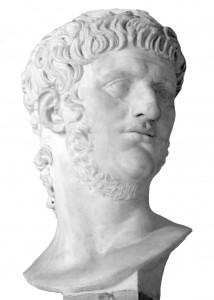A Community for Curious Minds who love History, its Odd Stories, and Good Reads
A Community for Curious Minds who love History, its Odd Stories, and Good Reads
By Holly Tucker
 Rome had experienced devastating fires before, but nothing like the conflagration that started beneath the Circus Maximus on the summer’s night of July 19, AD 64. Fanned by strong winds, the blaze first consumed the stadium, largest wooden construction in history, then spread to nearby suburbs. Seven days later, only four of the city’s fourteen administrative regions remained untouched.
Rome had experienced devastating fires before, but nothing like the conflagration that started beneath the Circus Maximus on the summer’s night of July 19, AD 64. Fanned by strong winds, the blaze first consumed the stadium, largest wooden construction in history, then spread to nearby suburbs. Seven days later, only four of the city’s fourteen administrative regions remained untouched.